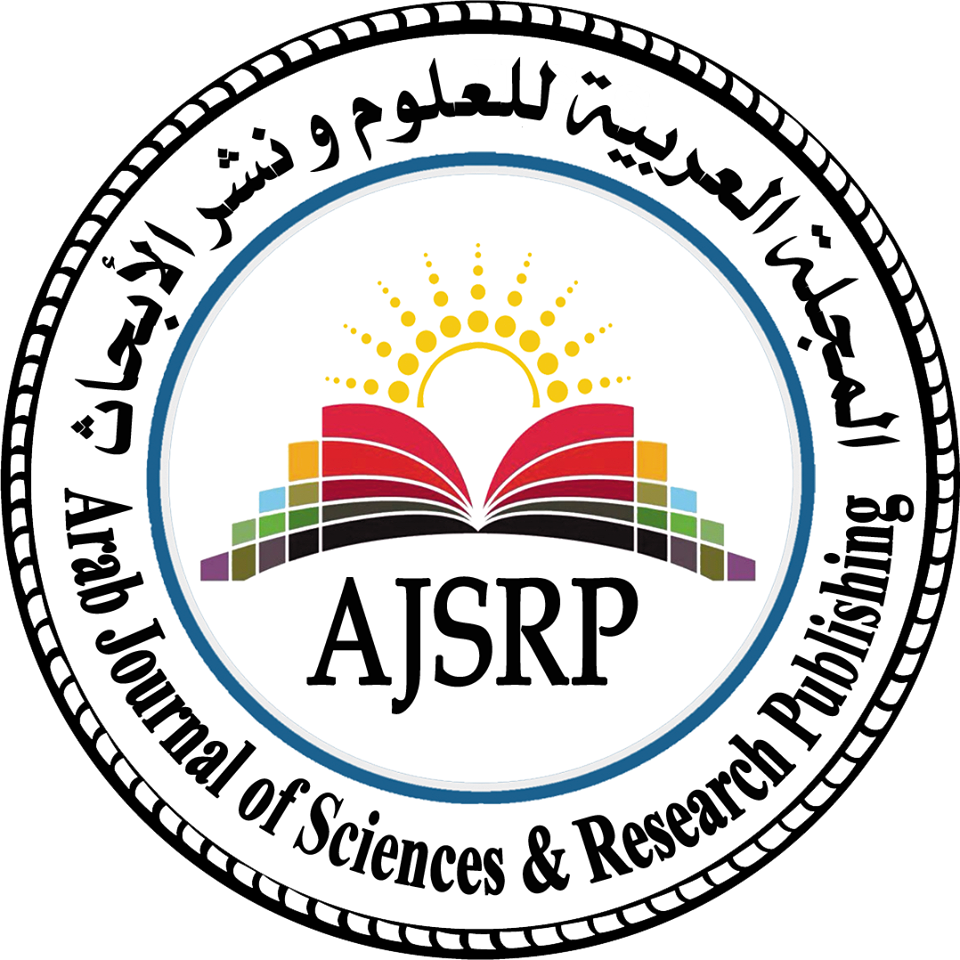The manifestations of the implicit reader in the story of the tilted palm tree
by Muhammad Ali Taha
Mrs. Samah Yousef Hasan Abu Ryash
College of Postgraduate Studies | An-Najah University | Palestine
Abstract: The reception theory arose as a modern critical method, stemming from its belief in the role of the active reader in being an active participant in the construction of the literary work, in violation of some other critical theories that neglected the role of the recipient, making him an external (passive) participant, which contributes to killing creativity in the recipient and the work Both; Therefore, the theory focused on his role, distinguishing between the implicit reader and other readers. deals with the implicit reader, its impact, and then its role in shaping the text or literary work again according to what his visions require, so that he is thus a participant in the creative work; It enriches it to the extent of its interaction with the text, and to the extent of the success of the text in reaching the reader. Research Methodology: The researcher adopted the descriptive, analytical, and interpretive method, due to the research’s reliance on the theory of interpretation, taking from our Palestinian literature as a model for her belief that a large part of this literature did not receive much attention and study, with regard to our local writers from the occupied Palestinian interior. The Palestinian, Muhammad Ali Taha, is an applied model for its study.
Keywords: reception theory, implicit reader, breaking the horizon of expectations, intertextuality, the unspoken, gaps in the text
تجليّات القارئ الضّمنيّ، في قصّة النّخلة المائلة لمحمّد علي طه
أ. سماح يوسف حسن أبو رياش
كليّة الدّراسات العليا | جامعة النّجاح | فلسطين
المستخلص: نشأت نظريّة التّلقّي كمنهج نقديّ حديث، منطلقة من إيمانها بدور القارئ الفاعل في كونه مشاركًا فاعلًا في بناء العمل الأدبيّ، مخالفة بذلك بعض النّظريّات النّقديّة الأخرى التي أغفلت دور المتلقّي، فجعلت منه مشاركًا خارجيًّا (سلبيًّا)، الأمر الذي يسهم في قتل الإبداع عند المتلقّي والعمل على حدّ سواء؛ لذلك ركّزت النّظريّة على دوره، مميّزة بين القارئ الضّمنيّ وغيره من القرّاء الآخرين.
يتناول البحث الحديث عن القارئ الضّمنيّ وأثره ثمّ دوره في تشكيل النّصّ أو العمل الأدبيّ من جديد وفق ما تقتضيه رؤاه، ليكون بذلك مشاركًا للمبدع في عمله؛ فيثريه بقدر تفاعله مع النّصّ، وبقدر نجاح النّصّ في الوصول إلى القارئ.
منهج البحث: اعتمدت الباحثة المنهج الوصفيّ التّحليليّ التّأويليّ، نظرًا لاعتماد البحث وارتكازه على نظريّة التأويل، متّخذة من أدبنا الفلسطينيّ نموذجًا لإيمانها بأنّ جانبًا كبيرًا من هذا الأدب لم يحظ بوافر الاهتمام والدّرس، وذلك فيما يختصّ بأدبائنا المحليّين من الدّاخل الفلسطينيّ المحتلّ وعليه فقد تناولت الدّراسة قصّة النّخلة المائلة للكاتب الفلسطينيّ محمّد علي طه نموذجًا تطبيقيًّا لدراستها.
الكلمات المفتاحية: نظريّة التّلقّي، القارئ الضّمنيّ، كسر أفق التّوقّعات، التّناص، المسكوت عنه، فجوات النّصّ.
